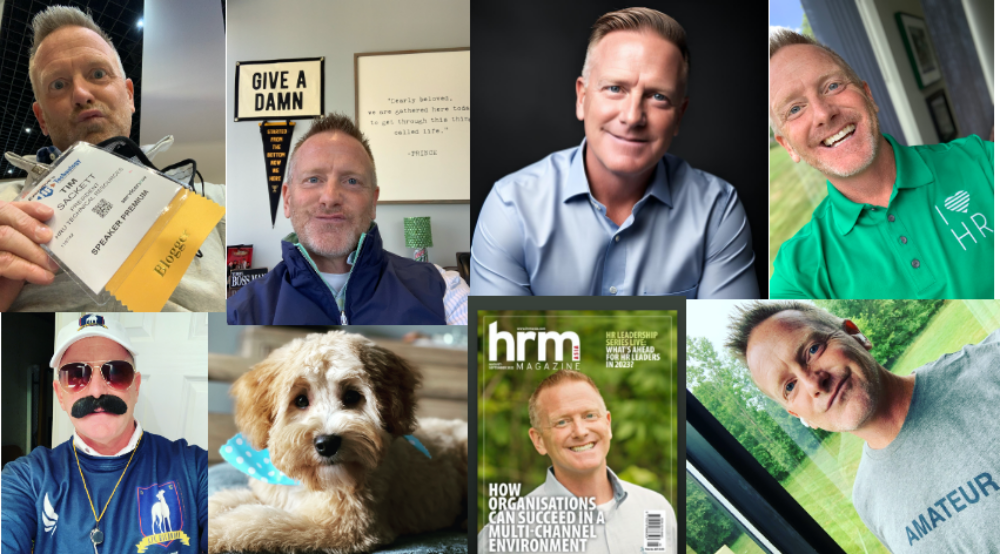Did you know parking lots are their own big industry, just like Healthcare or Banking?
For city folks, dealing with parking lots is a daily thing. Like other industries, parking is using tech to get more profitable and efficient. Supposedly, people waste about 20 minutes per trip looking for parking. Yet, booking parking in advance is still kind of new. Ideally, folks should know where spots are, compare prices, and pick the best one.
Here are three things HR can pick up from parking lots:
- Smart Talent Use: Drawing from the parking lot playbook, HR should take a closer look at whether having a full crew around the clock is really necessary. In Europe, they’ve figured this out by using more contractors and adapting to the demands of the moment. However, the US is a bit slow to jump on the bandwagon, possibly due to sticking to traditional hiring practices that may not be as efficient.
- Pay for Good Work: Similar to forking out more for a prime parking spot, companies should be willing to invest more in top-notch talent. HR needs to break free from the shackles of outdated pay systems and embrace a new approach that rewards the best talent available in the entire job market. It’s not just about acknowledging the best within the company; it’s about recognizing and compensating those who stand out in the broader talent pool.
- Teamwork: Taking a cue from the cooperative spirit of parking lots, HR could explore the idea of sharing employees with neighboring companies. Imagine two adjacent companies both in need of similar skills, like developers. Why not collaborate and share the talent pool? Sure, there are hurdles like legal considerations, sorting out the pay scale, and managing benefits, but with some effort, it’s a feasible strategy worth exploring. This kind of teamwork could lead to mutual benefits, just like parking lots sharing information on open spaces.
Any others I’m missing? How about don’t be an ass? Keep it between the lines?
